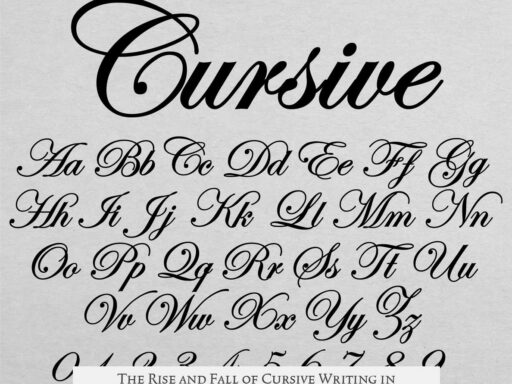We know that Francisco Goya’s “Saturn Devouring One of His Sons” is attributed to the myth of Saturn and his child mainly through art historical interpretation and thematic analysis rather than direct labeling by the artist. The painting is part of Goya’s “Black Paintings,” created late in his life as murals in his villa. These works were untitled and unpublished during his lifetime, found only after his death. Goya did not provide names or explanations for them, so the traditional identification of this image with the myth of Saturn (or Cronus) derives from its subject matter and visual motifs interpreted by scholars over time.
Goya’s painting shows a large, wild-eyed man consuming a smaller figure. This figure is often linked to the Roman god Saturn, who, according to myth, devoured his children fearing they would overthrow him. However, the depiction deviates from the myth in significant ways. Unlike the classical story, the victim in Goya’s work appears closer to an adult than an infant. The body is lifeless and partially consumed, suggesting a scene of brutal cannibalism rather than the swallowing of live infants described in mythology.
The enormous scale of the aggressor compared to the victim supports the interpretation of the man as a Titan-like figure, consistent with Saturn’s mythic identity. Yet the painting’s graphic nature and mature victim cause uncertainty about Goya’s precise intent.
- Goya’s portrayal lacks the direct mythological accuracy usually found in classical representations.
- The victim’s age and state conflict with typical depictions in art history of Saturn and his offspring.
Some art historians suggest Goya might have been influenced by Peter Paul Rubens’ earlier painting titled “Saturn Devouring His Son” (1636). Rubens’ work similarly portrays the god in a violent act of consumption but with the victim as an infant, closer to the classical myth. Goya’s version echoes Rubens in the theme of devouring but shifts dramatically in tone and detail, presenting a darker, more grotesque scene. This could point to Goya’s creative adaptation rather than literal myth illustration.
The context of the “Black Paintings” deepens interpretative complexity. Painted between 1819 and 1823 near Madrid during Goya’s later years, these works were intensely personal and symbolic. Goya experienced deafness, depression, and disillusionment with society, especially after witnessing the horrors of Napoleonic wars and political oppression in Spain. His early optimism for Enlightenment values gave way to bleak views of power and human nature.
Therefore, many believe the image extends beyond myth to serve as potent allegory. The devouring figure may symbolize destructive forces unleashed by revolutions—such as the French Revolution—or the oppressive Spanish monarchy. Saturn’s act of devouring his own children parallels a system that destroys its own future in a desperate attempt to hold power.
Without explicit titles or statements from Goya, the subject remains speculative. Scholars rely on the painting’s visual cues, related mythologies, and Goya’s historical context to associate the figure with Saturn. This freedom of interpretation allows multiple readings:
- Literal myth depiction, though with dramatic alterations.
- Allegory of political tyranny consuming its people.
- Reflection of Goya’s personal despair and view of humanity.
This openness reflects Goya’s artistic method during the Black Paintings period, where themes of horror, death, and madness converge. The work resists fixed meaning, inviting ongoing discussion.
| Aspect | Details |
|---|---|
| Artist’s Identification | None; untitled and unpublished during life |
| Depiction | Large man eating mature, dead figure |
| Mythology | Referencing Saturn devouring his offspring but with significant deviations |
| Influences | Possible inspiration from Rubens’ earlier Saturn depiction |
| Context | Late-life work reflecting turmoil, disillusionment, and social critique |
| Interpretation | Allegory for political/personal destruction open to speculation |
- The association with Saturn arises from visual and thematic cues, not documented by Goya.
- Deviations in the portrayal make the identification uncertain.
- Goya likely infused the image with allegorical meaning linked to his times.
- The Black Paintings’ silence on titles leaves room for varied interpretation.




